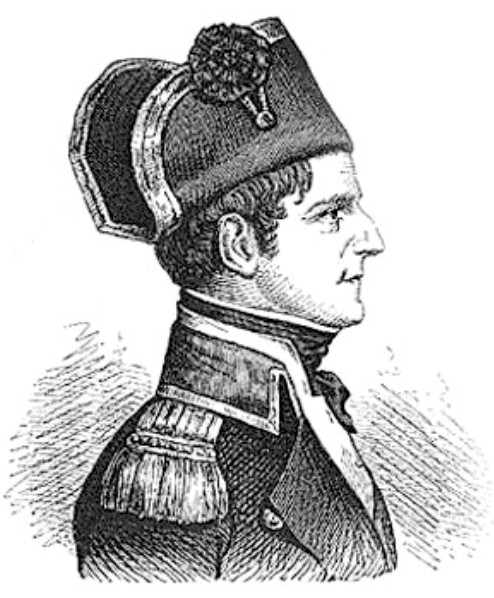 |
||
|
HOME
|
US Navy -
ships
|
US Navy - air
units
|
USMC - air
units
|
International
Navies
|
Weapon Systems
|
Special Reports |
||
|
Royal Danish Navy / Kongelige Danske
Marine - Corvette F 355 HDMS Olfert Fischer |
||
|
||
| 07/21 | ||
|
Type,
class: Corvette / Niels Juel
class (Danish: Korvet) Builder: Aalborg Shipyard, Denmark STATUS: Laid down: December 6, 1978 Launched: January 15, 1980 Commissioned: October 16, 1981 Decommissioned: August 18, 2009 Fate: scrapped in 2013 Namesake: Johan Olfert Fischer (1747-1829) Technical Data: see INFO > Niels Juel class Corvette |
||
| images | ||
                                         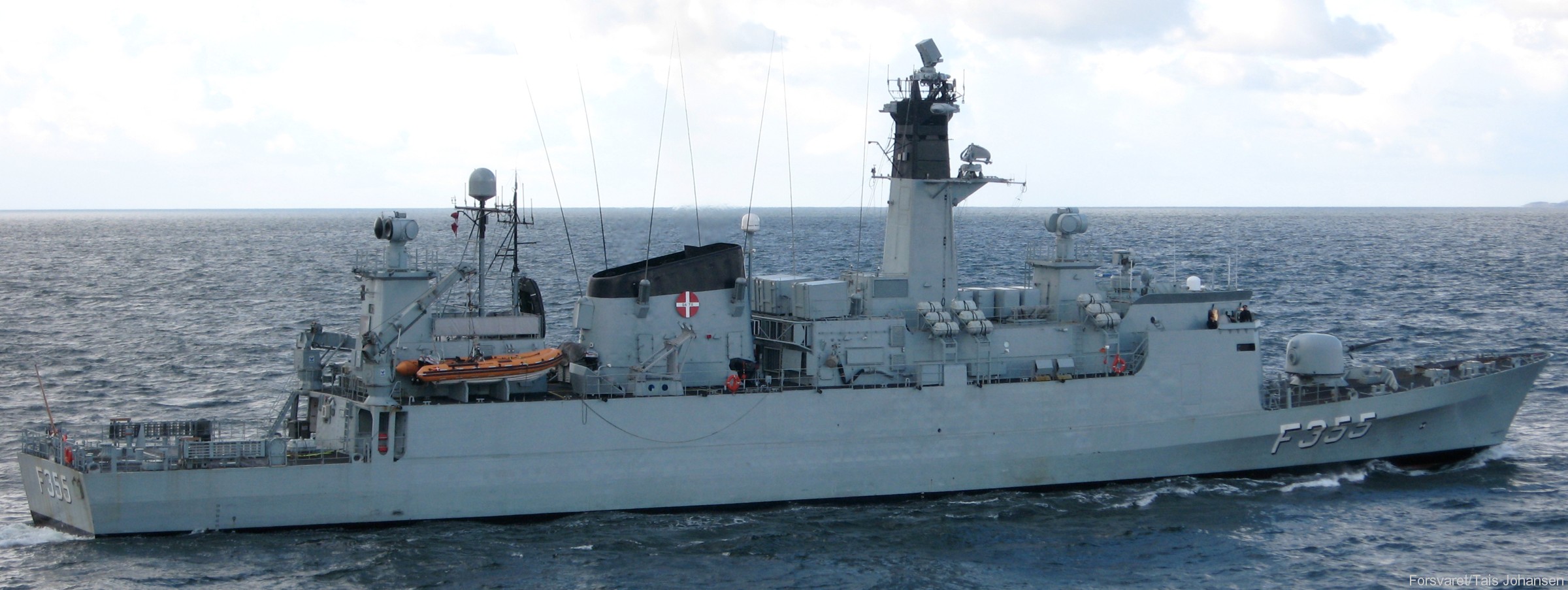  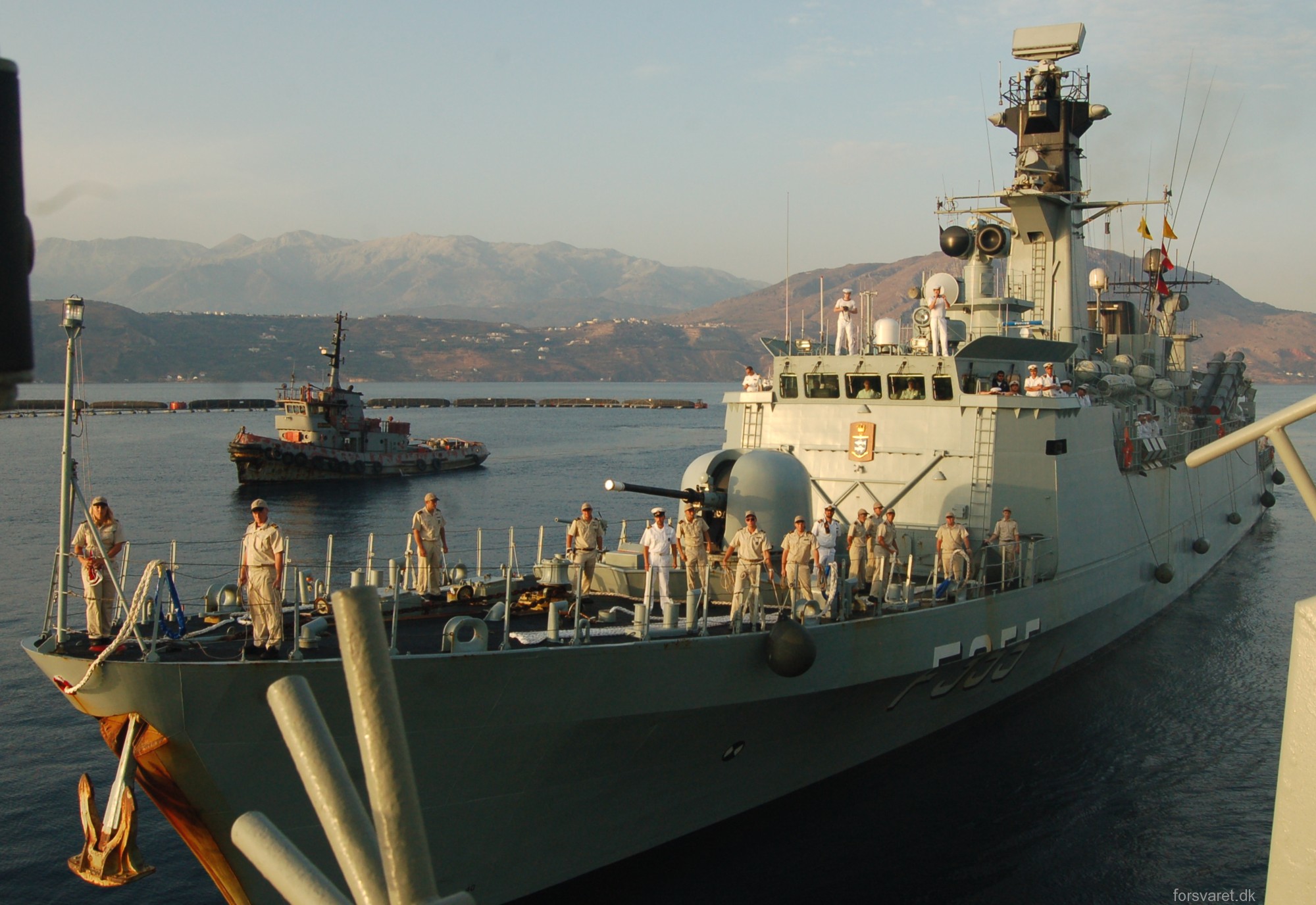         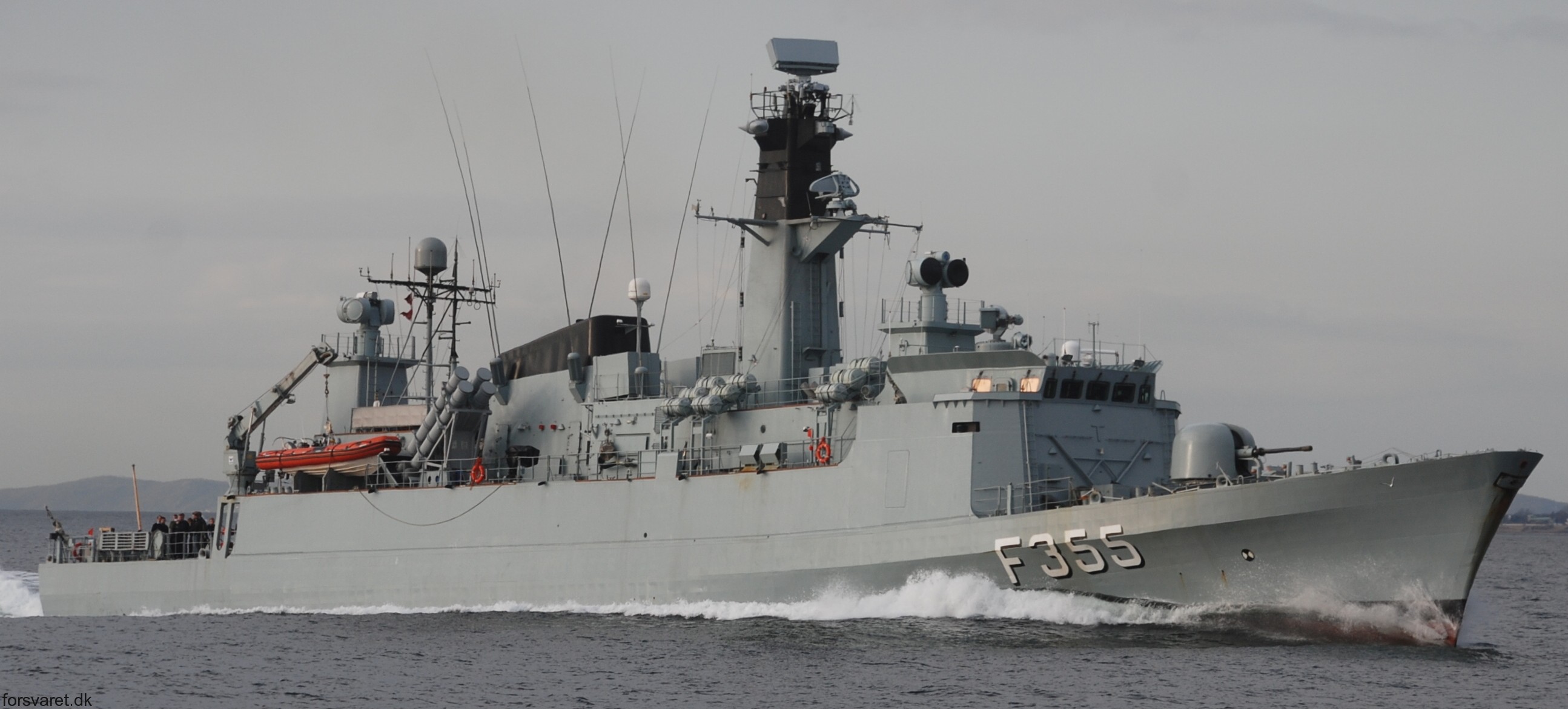 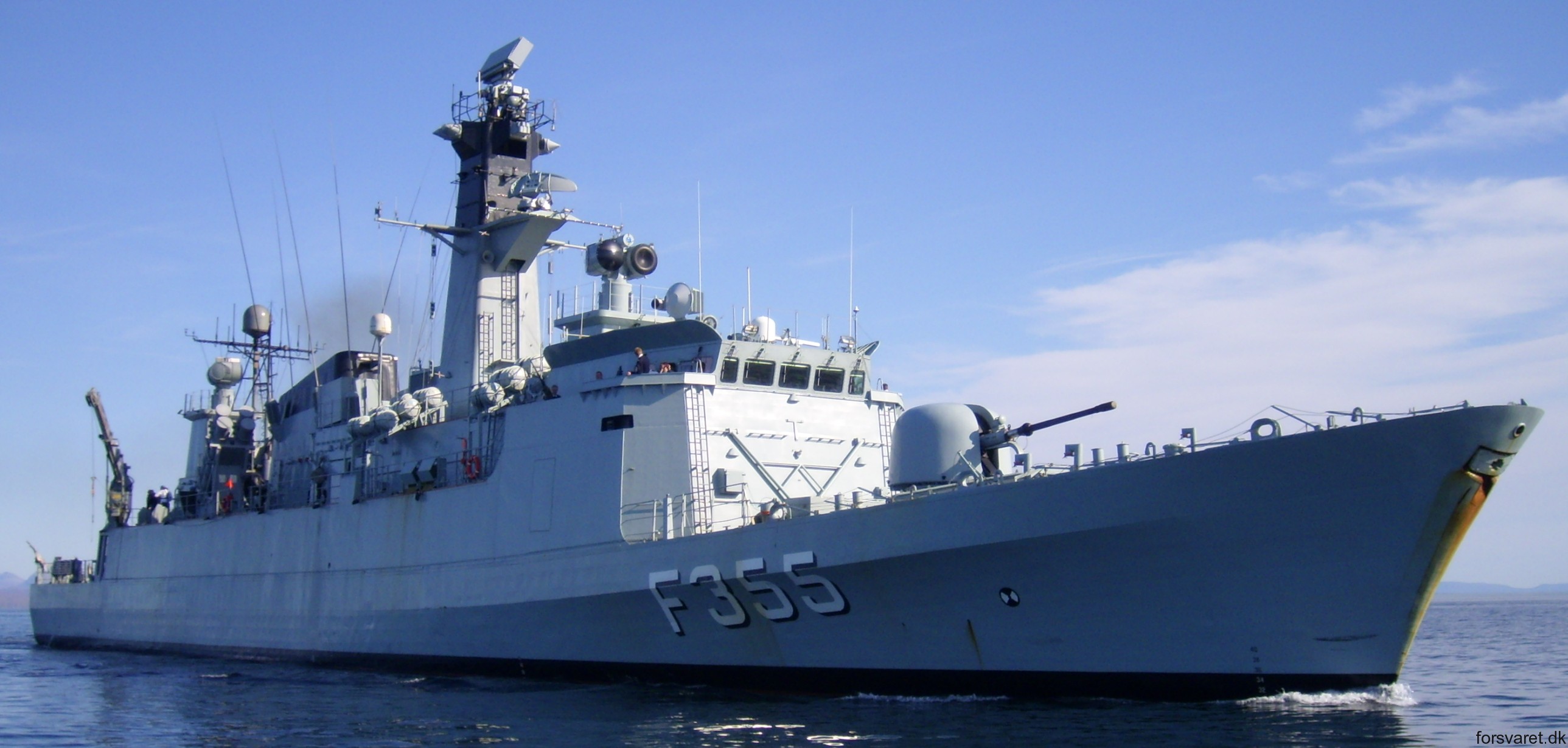  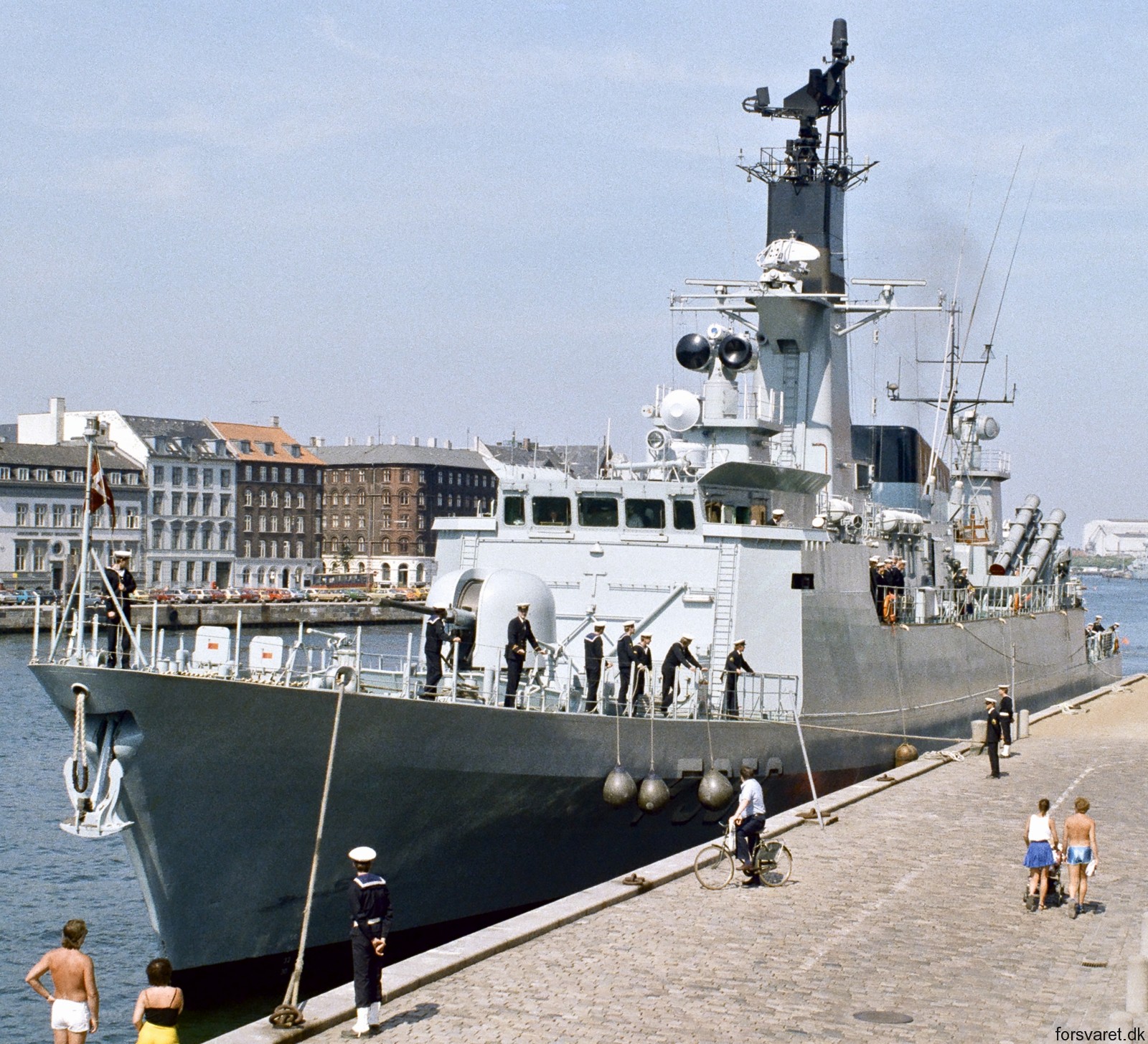      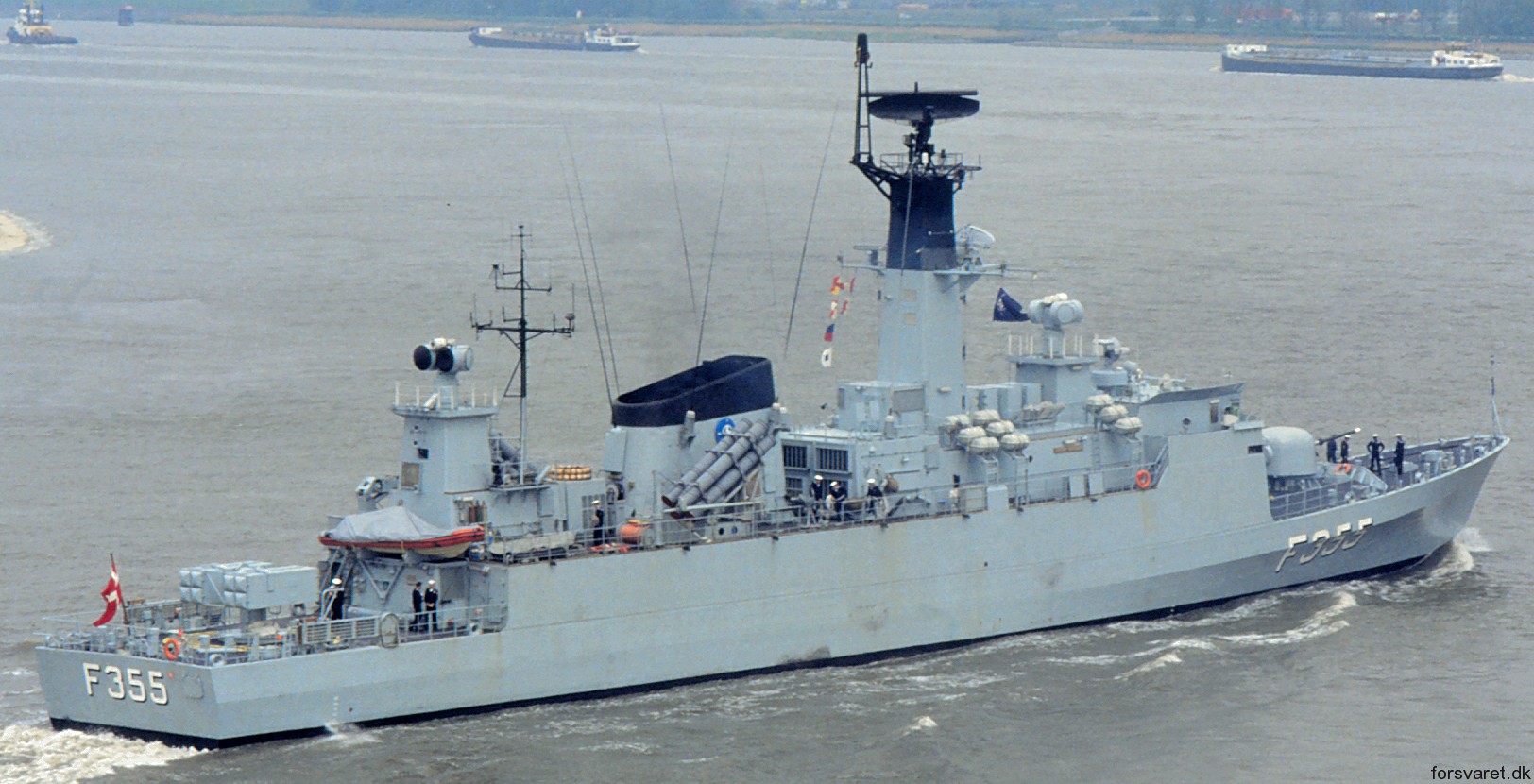 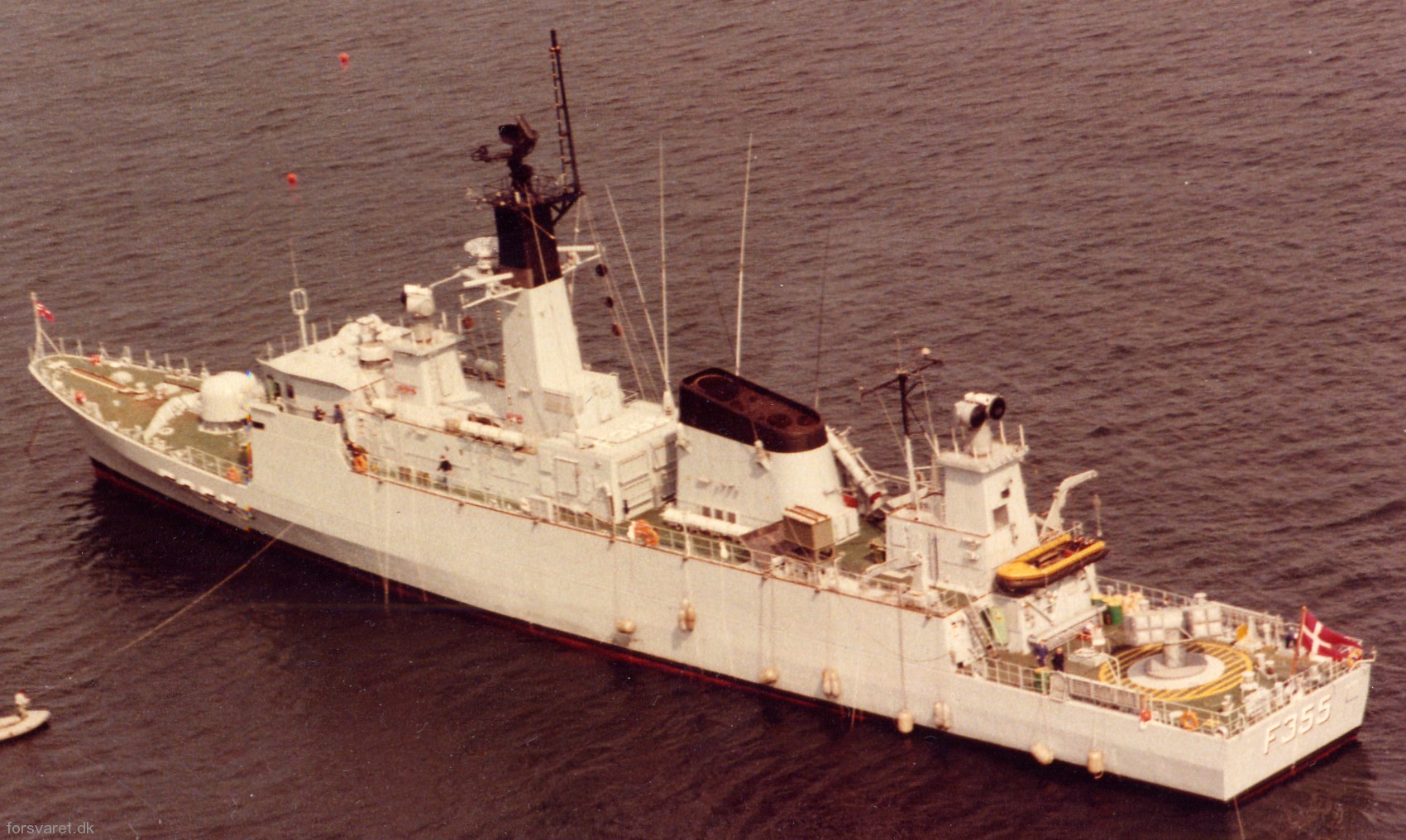 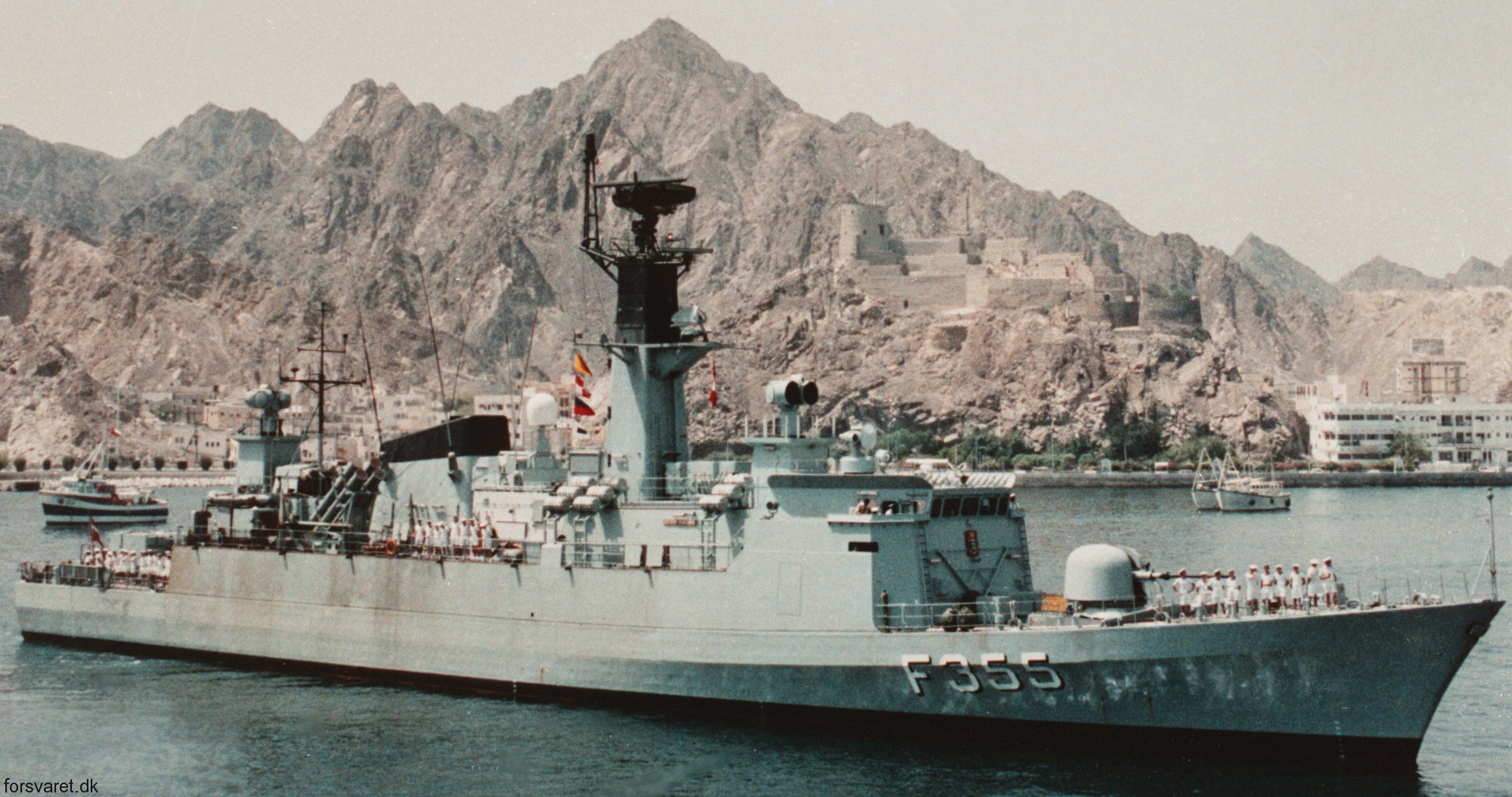 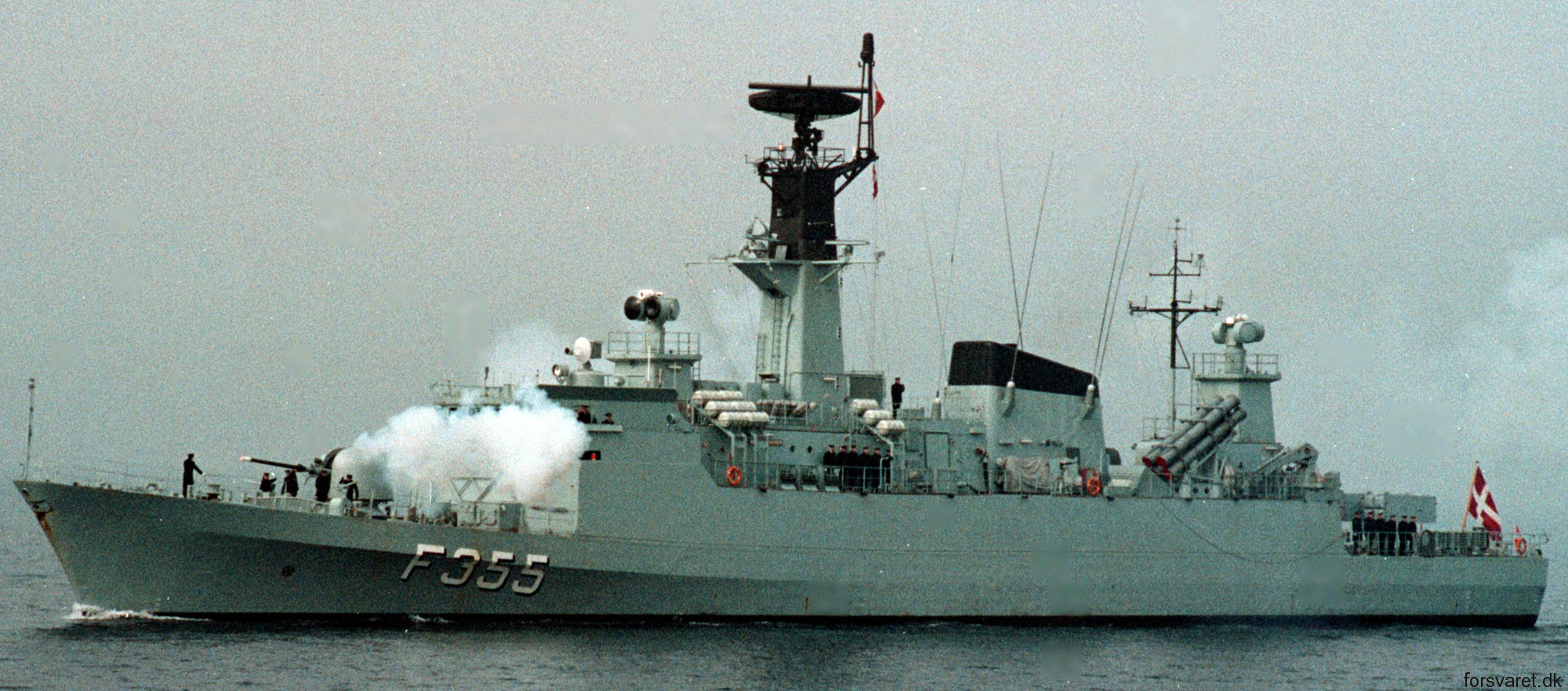  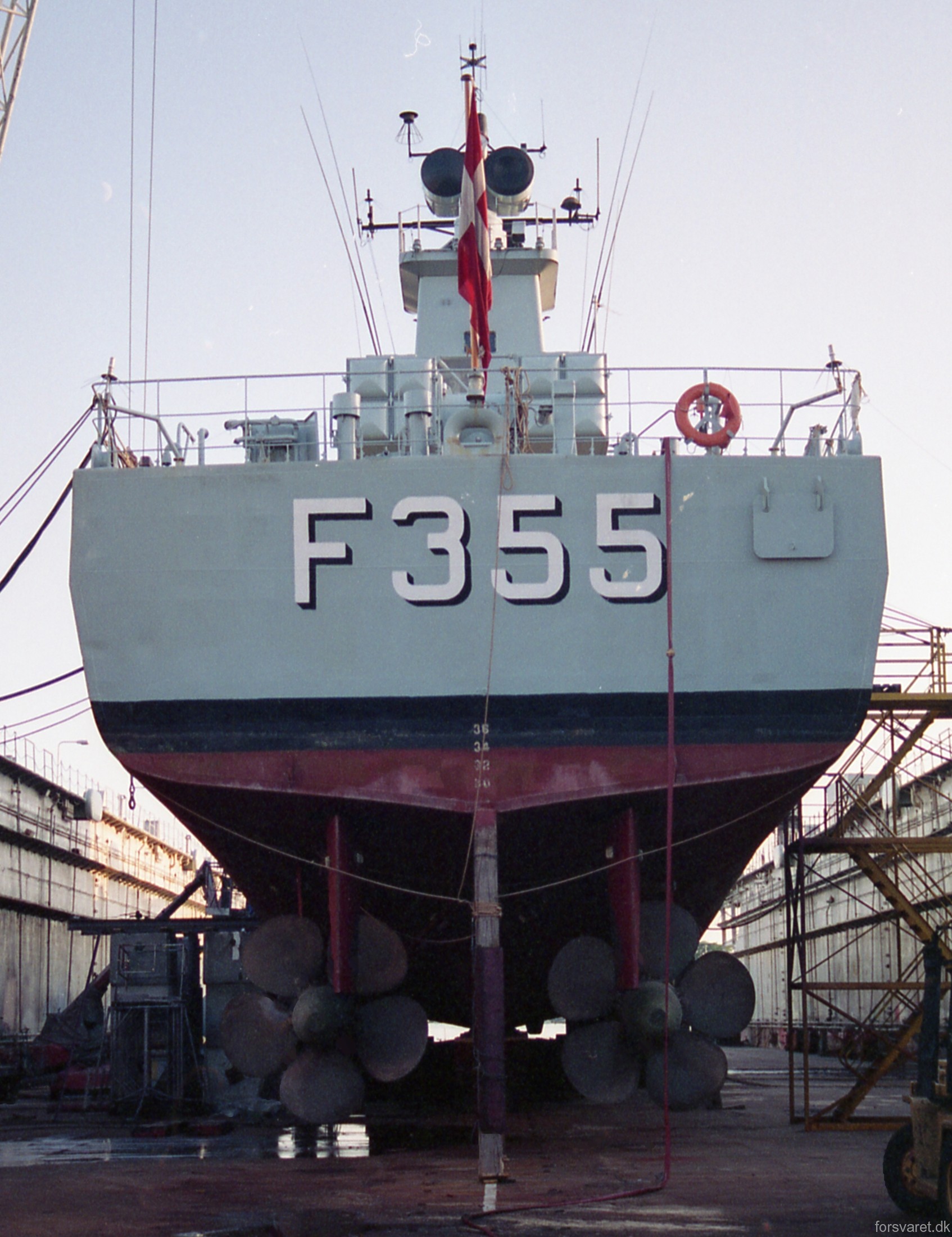  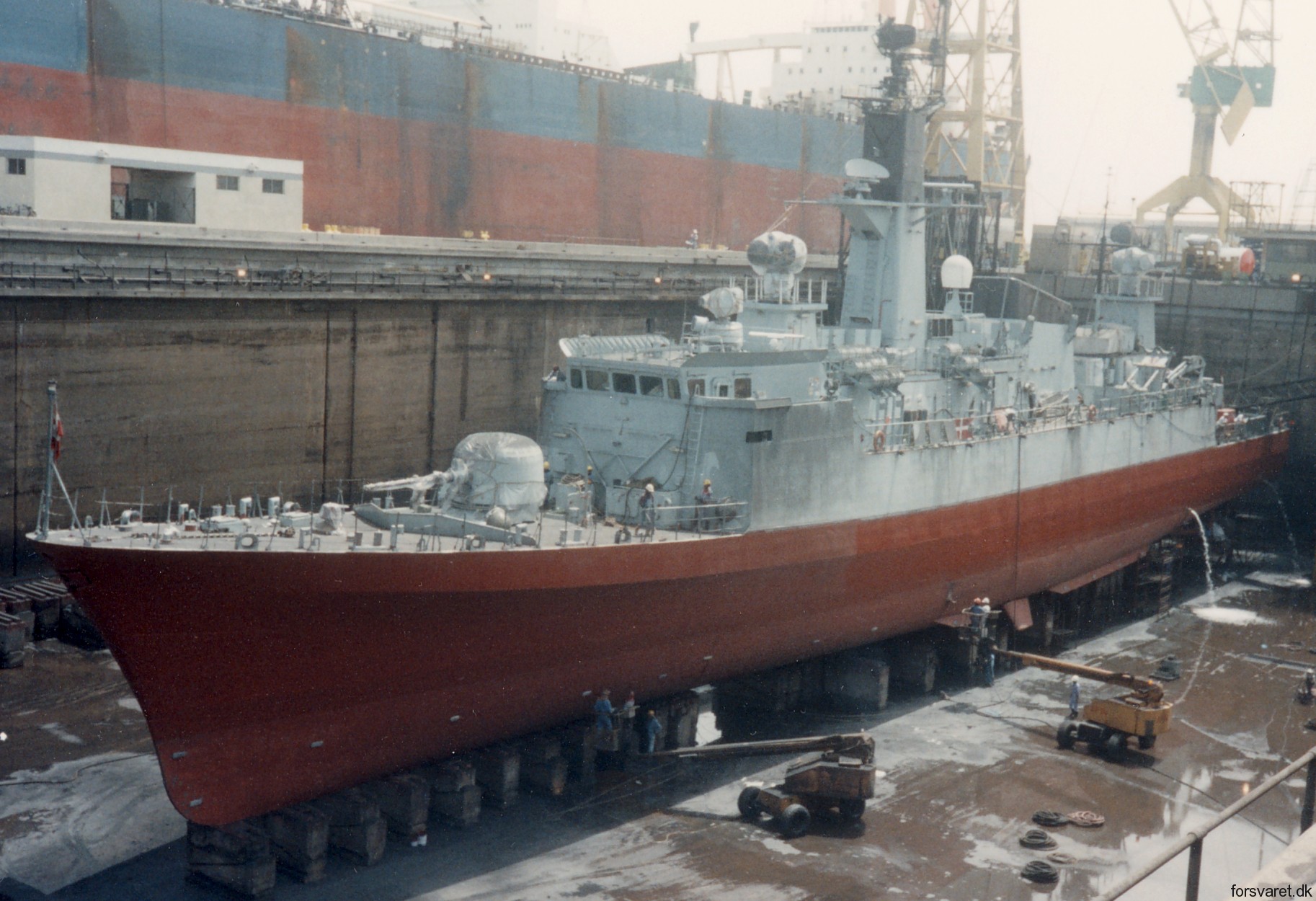                   |
||
|
HDMS Olfert Fischer (F 355): Following the Iraqi invasion and occupation of Kuwait at the start of August 1990, the United Nations imposed sanctions against Iraq, and asked that member nations contribute forces to help implement them. On 31 August, the Danish Parliament decided that a single ship, Olfert Fischer, would make up the Danish contribution. The corvette was to enforce the UN sanctions only; she was not to become involved in the developing Gulf War. She was accompanied and supported by a Norwegian supply ship. The Gulf War deployment, which ended in September 1991, was the first time a Danish warship had operated outside the European region. The deployment marked a change in Danish attitudes and actions towards international security and foreign policy. During 1992, 1994, and 1995, Olfert Fischer was assigned to the NATO Standing Naval Force Atlantic (STANAVFORLANT). The corvette completed her mid-life overhaul in December 2001; she was the last to do so. During the refit, the single octuple Sea Sparrow launcher was replaced with two StanFlex modular mission payload slots (which are normally fitted with two six-round Sea Sparrow launchers), while the air search radar was updated. In 2003, Olfert Fischer, the submarine Sælen, and a 380-strong force of soldiers were sent to the Persian Gulf region to support the United States-led invasion of Iraq. During 2007, the corvette was assigned to the Standing NATO Response Force Maritime Group 1. Olfert Fischer and the other two Niels Juel-class corvettes were decommissioned on 18 August 2009 and scrapped by Lindø shipyard in 2013. source: wikipedia |
||
|
Johan Olfert Fischer (4 August
1747 - 18 February 1829) ... was a Danish officer in the Royal Dano-Norwegian Navy. He commanded the Dano-Norwegian fleet against British forces under Lord Nelson during the Danish defeat at Copenhagen on 2 April 1801. Johan Olfert Fischer was born in Copenhagen in 1747, the son of the Danish Vice Admiral Olfert Fasvier Fischer whom he followed to a naval career. While still a young man, his rise through the military ranks was set back and almost destroyed in an incident with a prostitute while he was on guard duty on the island of Holmen off Copenhagen. The prostitute compounded Fischer's disgrace by accusing him of violent assault and her charges were believed by a military court: Fischer, then a lieutenant, was punished and demoted back to common seaman for a period of one year. By 1784, however, Fischer had rebuilt his reputation enough to be promoted to captain, and he was dispatched to the West Indies as commander of the warship Bornholme. It was during this three-year mission that he first met - on friendly terms - his future foe Nelson, then a captain aboard HMS Boreas. The Battle of Copenhagen: By 1801, Fischer had risen to the rank of commodore and was appointed to lead the critical naval defense of Copenhagen during the French Revolutionary Wars. Aboard his flagship Dannebrog, he attempted to organize a comprehensive defense with which to face Nelson's fleet. The Dannebrog, however, caught fire early in the battle and Fischer was forced to transfer his command, first to a different ship and then, when that ship was crippled also, to a shore-based battery. Under these circumstances, Fischer had little control over the situation. Though the Danish fleet fought a spirited battle, the much larger British force eventually overwhelmed the Danish fleet. Recent histories have posited the difficulty of battle communications and a cumbersome Danish chain of command as reasons for the end of hostilities." Later life: The tenacious Fischer, who had been wounded in the combat, was revered as a national hero and bemedaled by the Danish crown for his bravery. Nelson himself, who had at that time been involved in over a hundred actions, pronounced that the battle was the fiercest he had ever fought. Fischer remained with the navy and was elevated to the rank of Vice Admiral. He died on 18 February 1829 and was buried in the churchyard of the Reformed Church, Copenhagen. source: wikipedia
|
||
| patches + more | ||
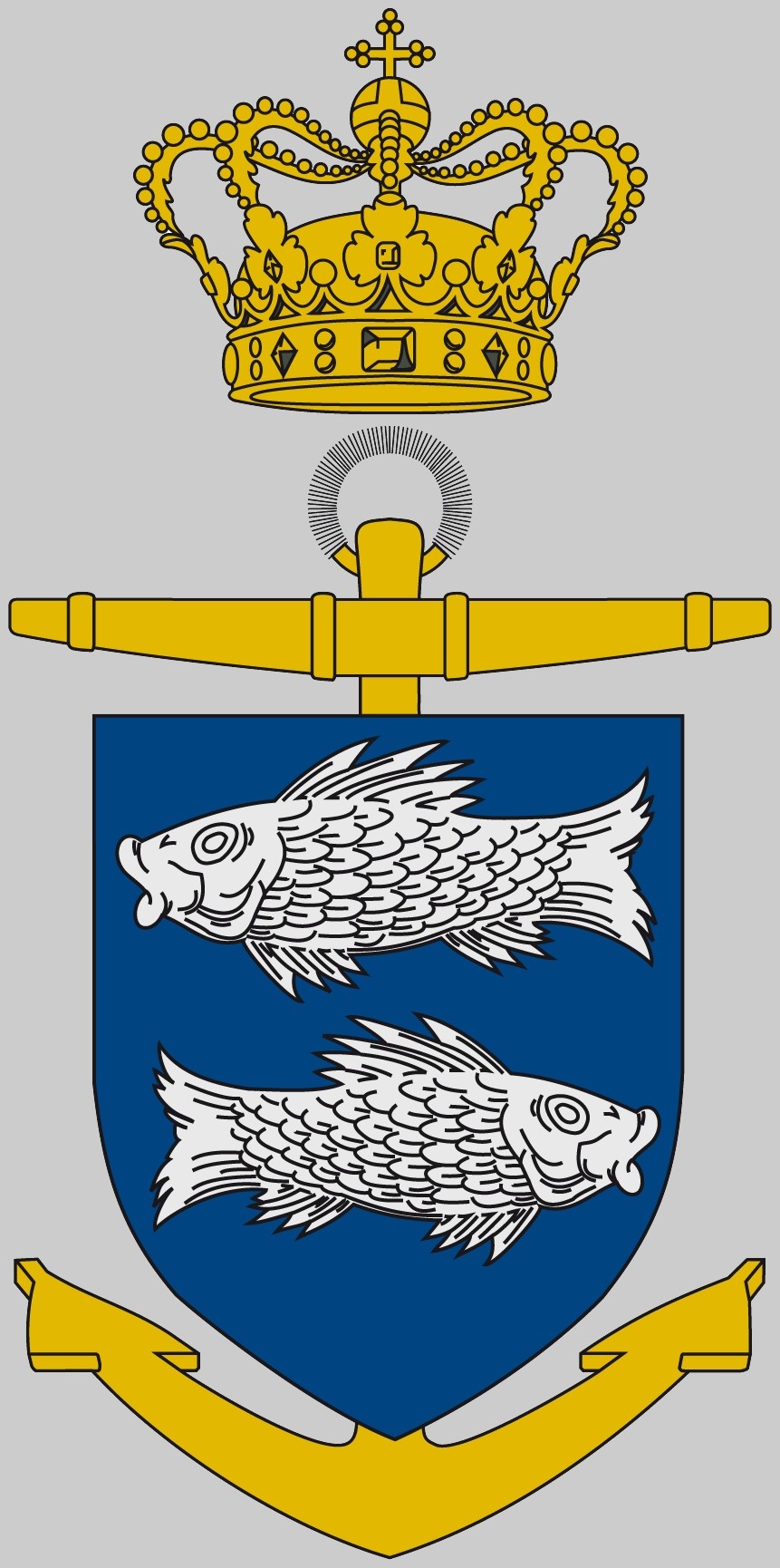 |
||
|
|
seaforces.org
|
Royal
Danish Navy start page
| |

